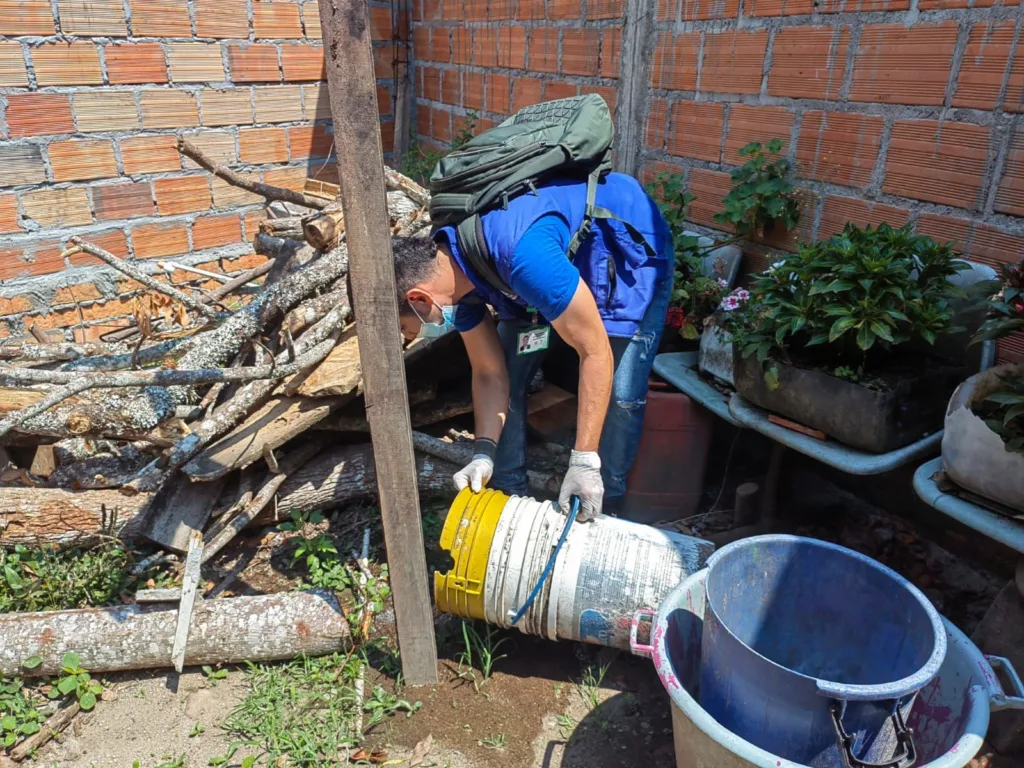According to the Technical Department of the ONF Andina, there is misinformation from outsiders in the development of the ‘Guácharos-Puracé Biological Corridor’ initiative. They assured that no one is being dispossessed of their lands.
DAILY OF HUILA, REGIONAL
By: Gloria Camargo
Juan Pablo Puentes Lemus, Southern Territorial Technical Director for Colombia of the ONF Andina, (a branch of the Office National des Forets – ONF, which is a French public entity that manages and conserves forests), referred to the work that has been carried out since more than 10 years ago in Huila, and where they have been accused of “purchasing land for the financial business of Carbon Bonds.”
It should be remembered that several of these accusations arose after the First Forum for the Defense of the Massif and its Communities, in the Yanacona Reservation in San Agustín, where, according to the teacher Miller Dussán, the “dispossession of the communities” is being pressured.
Faced with these facts, the Diario del Huila spoke with Puentes Lemus to learn about the actual development of said project, which focuses mainly on four municipalities in southern Huila.
What is the Red Huila ‘Guácharos-Puracé Biological Corridor’ project about?
This is a conservation initiative, which is being worked on in the southern territory of the department of Huila, in 34 villages of four municipalities: San Agustín, Pitalito, Acevedo and Palestina, since 2012.
How is this initiative financed?
The project starts with resources from the French Cooperation for the environment in the hands of Cormagdalena, which has also provided resources from its Royalty System and the CAM, as well as the four municipalities and the Government of Huila. Everyone is aware of the project since 2012.

What is the bet of this project?
The conservation of the forest that is located in that territory and that is associated with the National Natural Park, because in 2007, after its declaration, many peasant families were prevented from carrying out productive activities within the protected zone, so this project was born as an alternative so that they can produce sustainably outside the areas and also have an incentive on their sense of conservation through a payment for carbon environmental services or also known as carbon credit. Within this framework, a conservation agreement was signed between the forest owners and Cormagdalena, which is the proponent of this project to reduce greenhouse gas emissions.
What are the limitations?
The inhabitants are not being limited in the use of the property, and the only real limitations they have are those imposed by the protected area by the CAM for the conservation of the ecosystem.
What is the aim of the project that you lead?
The development of sustainable productive activities, that is, encourage the production of sustainable panela, blackberry and coffee with the commitment that they help to conserve that forest.
Where does the idea of dispossession and appropriation of land come from?
This project is registered between 2014 and 2044, carbon credits will be generated that will be marketed and this resource will be distributed among the beneficiaries and owners who signed the conservation project. So Gloria, that is where the misinformation appears a bit, because this initiative does not buy land.
Due to the environmental compensation of El Quimbo, Enel Emgesa provides resources to buy conservation land, which remains in the hands of the municipalities in the area of influence of the hydroelectric plant, for the conservation of the production of water resources. Disinformation has been generated by combining these two actions, because the Red project has existed long before construction of El Quimbo began.

What has been accomplished to date?
To date we have signed 700 conservation agreements with private forest owners, that is, farmers. And the only additional organizations are the municipal mayors: San Agustín, Acevedo, Palestina and Pitalito, who are also titled. At this moment we are advancing in the first verification of the project with a view to generating carbon credits, and once the credits are generated and the market is sold, there will be two ways to use these resources: distributing them to the people of the project and/or financing projects on the subject of governance for prioritization.
What investments have been made to date?
First, clarify that this project is supported by Colombian institutions, and the project’s investments are not only in carbon credits, but in what we have been doing in the territory, close to 20,000 million pesos of cooperation resources have been invested, without having sold only carbon credits and replicas have been generated such as the conversion of the panela sector. In other words, the investment has been present and this generation of credits has a plus, an incentive, an environmental service.
